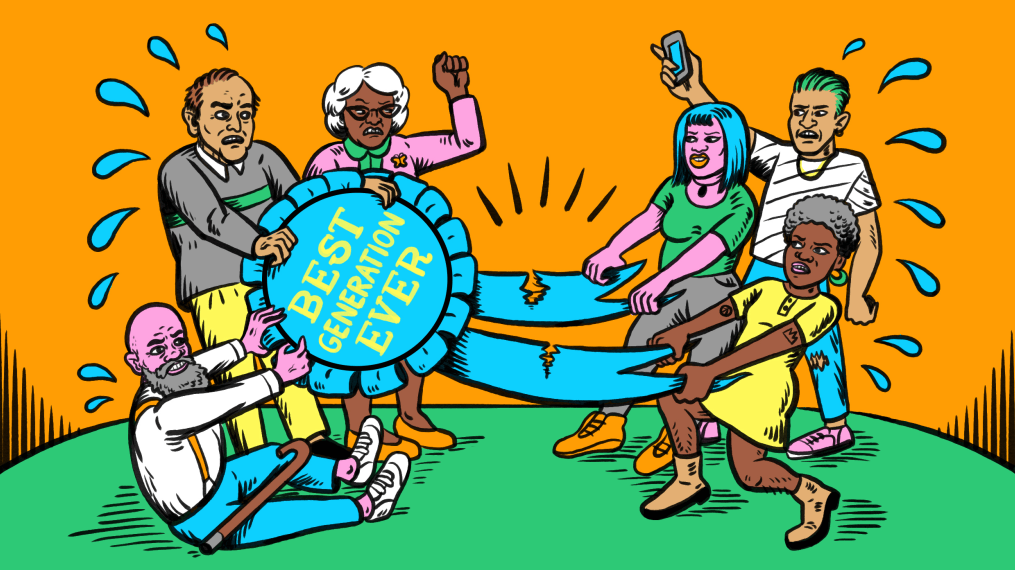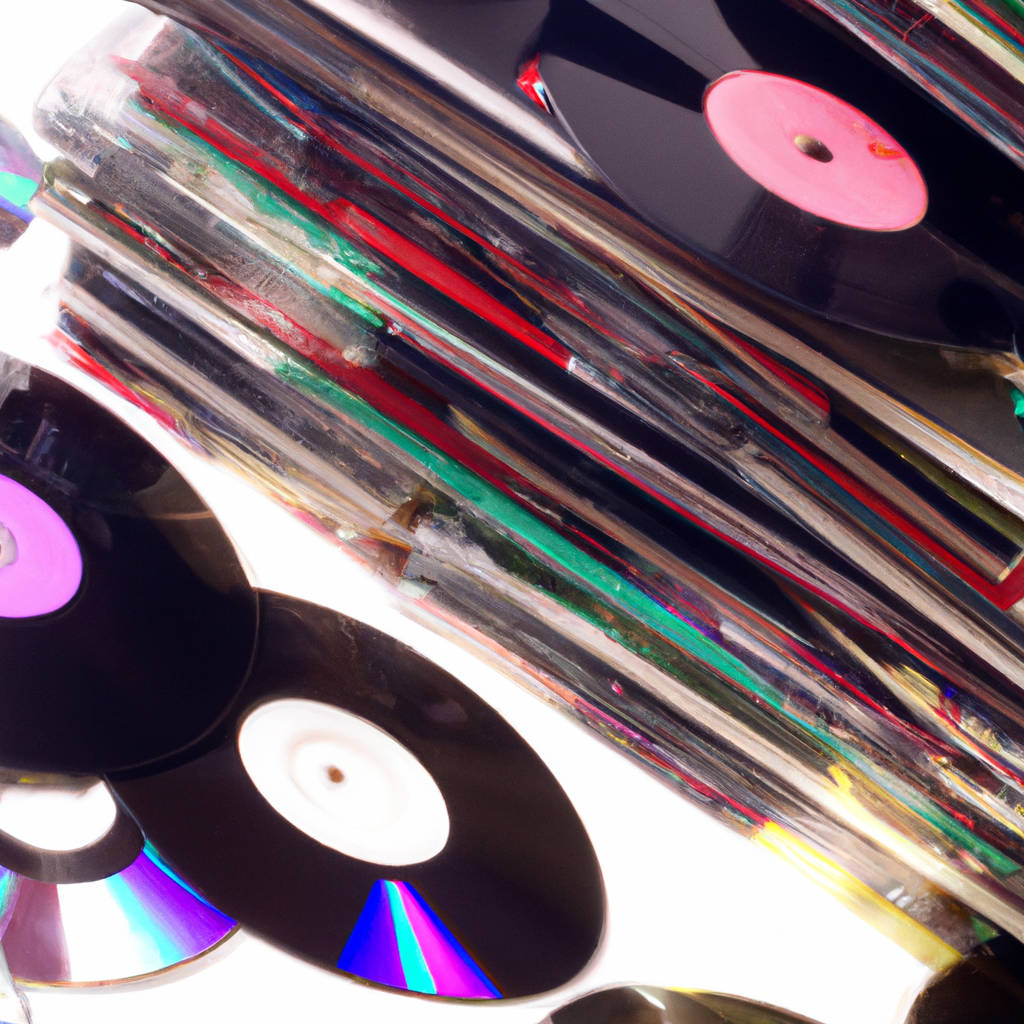As members of the Baby Boomer generation, many individuals grew up with certain notions and beliefs that were widely accepted at the time, but are now considered outdated and even harmful. One such notion is the idea that women should primarily be responsible for taking care of the household and raising children, while men should focus on their careers. This gender role division was deeply ingrained in society, leading to disparities in opportunities and expectations for men and women. Another outdated notion that Boomers took for granted is the belief that mental health issues should be kept private and not discussed openly.
This stigma surrounding mental health prevented many individuals from seeking help and support, leading to unnecessary suffering and isolation. Additionally, the idea that success is solely determined by material wealth and possessions was a common belief among Boomers. This emphasis on materialism often overshadowed more meaningful aspects of life, such as relationships, personal growth, and community involvement. Overall, it is important for individuals to critically examine and challenge outdated notions that may have been accepted in the past, in order to promote a more inclusive and equitable society for future generations.

Traditional Communication Methods: Landline Phones and Letters
Traditional communication methods such as landline phones and letters have been used for decades as a way to connect with others. Landline phones offer a more personal touch compared to cell phones, allowing for a clearer and more reliable connection. Hearing the other person’s voice can convey emotions and tone that may be lost in text messages or emails.
Additionally, landline phones are not as prone to technical issues such as dropped calls or poor reception. On the other hand, letters provide a tangible and physical form of communication that can be cherished and kept as a keepsake. The act of writing a letter requires time and effort, making it a thoughtful and meaningful way to communicate with loved ones.
Furthermore, receiving a letter in the mail can bring a sense of anticipation and excitement that is often lacking in today’s instant communication methods. While these traditional communication methods may seem outdated in today’s digital age, they still hold value in maintaining personal connections and fostering deeper relationships. As technology continues to advance, it is important to remember the simplicity and beauty of traditional communication methods like landline phones and letters.
Physical Media: Vinyl Records, VHS Tapes, and CDs
Physical media such as vinyl records, VHS tapes, and CDs have been a staple in the entertainment industry for decades. These formats have provided a tangible way for consumers to enjoy music, movies, and other forms of media. Vinyl records, with their warm sound quality and large album artwork, have experienced a resurgence in popularity in recent years among music enthusiasts and collectors.
VHS tapes were once the primary way to watch movies at home, and while they have been largely replaced by digital streaming services, there is still a nostalgic charm to popping in a tape and watching a classic film. CDs revolutionized the way music was consumed, offering a more portable and durable alternative to vinyl records. While digital streaming has become the dominant form of media consumption, there is still a dedicated community of collectors and enthusiasts who appreciate the tactile experience of physical media.
Each format has its own unique appeal, whether it’s the crackle of a needle on a vinyl record, the nostalgia of rewinding a VHS tape, or the convenience of popping a CD into a player. Physical media may not be as prevalent as it once was, but it continues to hold a special place in the hearts of many music and movie lovers.

Fixed Work Hours: 9-to-5 Office Culture
Fixed work hours have long been a staple of the traditional 9-to-5 office culture. This structure has been in place for decades, with employees expected to arrive at the office by 9 am and leave by 5 pm. While this schedule has its benefits, such as providing a sense of routine and predictability, it also has its drawbacks. Some argue that the rigidity of fixed work hours can hinder productivity and creativity, as employees may feel constrained by the strict schedule.
Additionally, the 9-to-5 culture may not be conducive to work-life balance, as employees may struggle to fit personal responsibilities and commitments into their limited free time outside of work. Despite these criticisms, many companies continue to adhere to the 9-to-5 office culture, viewing it as a necessary component of a successful business operation.
However, as the workforce becomes increasingly diverse and flexible work arrangements become more common, the traditional fixed work hours may need to be reevaluated to accommodate the changing needs and preferences of employees. Ultimately, finding a balance between the structure of fixed work hours and the flexibility of alternative work schedules may be the key to creating a more productive and satisfied workforce.
Printed Maps and Directories
Printed maps and directories have long been essential tools for navigating the world around us. Before the advent of GPS and digital mapping technology, physical maps were the primary way to find your way from point A to point B. These maps were often beautifully illustrated, with intricate details and landmarks that helped travelers orient themselves and plan their routes.
Similarly, directories provided valuable information about businesses, services, and points of interest in a specific area. By flipping through the pages of a directory, one could easily find the nearest restaurant, gas station, or hotel. While digital maps and directories have largely replaced their printed counterparts, there is still a charm and nostalgia associated with holding a physical map in your hands. There is something satisfying about tracing your finger along a paper map, studying the different roads and landmarks, and feeling a sense of accomplishment when you successfully navigate to your destination.
Additionally, printed maps and directories can be useful in situations where technology fails or is unavailable. For example, hikers and campers often rely on paper maps to navigate remote areas where GPS signals may be weak or nonexistent. Overall, while printed maps and directories may not be as widely used as they once were, they still hold a special place in our hearts as timeless and reliable tools for exploration and discovery.

Privacy: Limited Digital Footprint and Data Protection
In today’s digital age, maintaining a limited digital footprint and protecting one’s data has become increasingly important. With the vast amount of personal information that is shared online, it is crucial to be mindful of what data we are putting out into the digital world. By being selective about the information we share, we can minimize the risk of our personal data being accessed by unauthorized parties.
This can help protect our privacy and prevent potential risks such as identity theft or data breaches. Additionally, taking steps to secure our digital footprint, such as using strong passwords and enabling two-factor authentication, can further enhance our data protection efforts. By being proactive in safeguarding our personal information, we can reduce the likelihood of falling victim to cyber threats and maintain greater control over our online presence.
It is important to remember that once information is shared online, it can be difficult to completely erase or control how it is used or accessed. Therefore, being cautious and mindful of the data we put out into the digital world is essential in preserving our privacy and ensuring the security of our personal information. By taking steps to limit our digital footprint and protect our data, we can better safeguard our privacy in an increasingly interconnected world.
